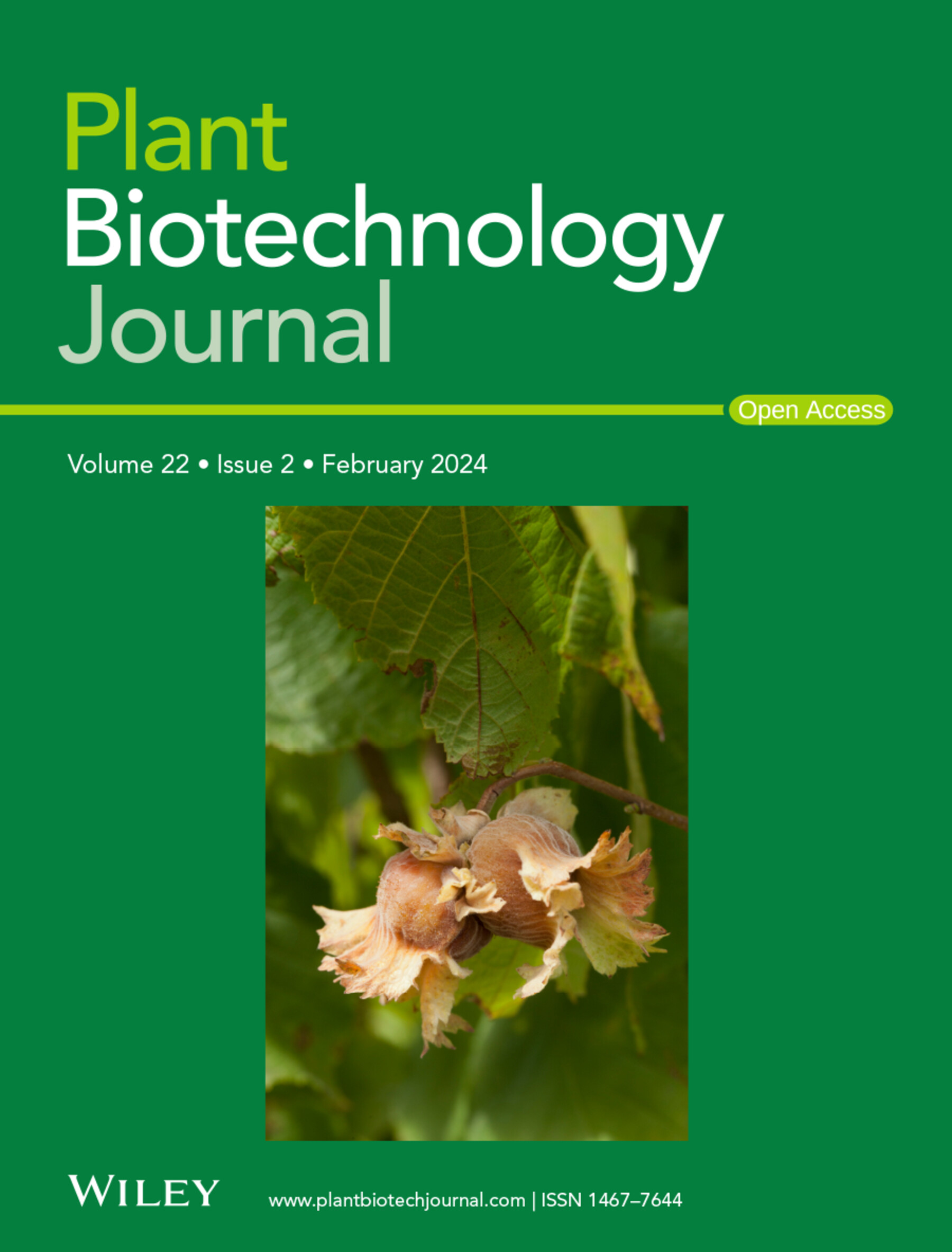OrchardQuant-3D: combining drone and LiDAR to perform scalable 3D phenotyping for characterising key canopy and floral traits in fruit orchards.
IF 10.5
1区 生物学
Q1 BIOTECHNOLOGY & APPLIED MICROBIOLOGY
引用次数: 0
Abstract
Orchard fruits such as pear and apple are important for ensuring global food security and agricultural economy as they not only provide essential nutrients, but also support biodiversity and ecosystem services. Breeders, growers and plant researchers constantly study desirable tree morphological features and floral characteristics to ensure fruit production and quality. Still, traditional orchard phenotyping is often laborious, limited in scale and prone-to-error, resulting in many attempts to develop reliable and scalable toolkits to address this challenge. Here, we present OrchardQuant-3D, an analytic pipeline for automating tree-level analysis of key canopy and floral traits for different types of fruit orchards. We first built a data fusion algorithm to register 3D point clouds collected by both drones (for colour signals) and Light Detection And Ranging (LiDAR, for precise spatial properties), reconstructing high-quality 3D orchard models at different growth stages. Then, we utilised precise global navigation satellite system signals to position trees in orchards with millimetre-level accuracy, enabling tree-level analysis of key canopy (e.g. crown volume and the number or branches) and floral traits (e.g. blossom clusters and volumes) using 3D computer vision, complex graph theory and feature engineering techniques. Equipped with the OrchardQuant-3D pipeline, we successfully measured varietal differences of four pear cultivars from a small pear orchard in Nanjing China, followed by a scale-up study that surveyed 3D tree morphologies, key floral and fruit traits from 1104 apple trees in an orchard in East Malling, United Kingdom. To the best of our knowledge, such a multi-source, comprehensive and expandable methodology has not yet been introduced to this important research domain. Hence, we believe that our work demonstrates a step change in our ability to conduct scalable 3D orchard phenotyping, which is highly valuable to advance orchard breeding, precise tree management and orchard research greatly to sustain fruit tree production in a rapidly changing climate.OrchardQuant-3D:结合无人机和激光雷达进行可扩展的3D表型分析,以表征果园中的关键树冠和花卉性状。
梨和苹果等果园水果不仅提供必需的营养,而且还支持生物多样性和生态系统服务,对确保全球粮食安全和农业经济具有重要意义。育种家、种植者和植物研究人员不断研究理想的树木形态特征和花卉特征,以确保果实的产量和质量。然而,传统的果园表型分析通常是费力的,规模有限,容易出错,导致许多尝试开发可靠和可扩展的工具包来解决这一挑战。在这里,我们提出了OrchardQuant-3D,这是一个分析管道,用于自动分析不同类型果园的关键冠层和花性状。我们首先建立了一个数据融合算法,注册由无人机(用于颜色信号)和光探测和测距(激光雷达,用于精确的空间属性)收集的3D点云,重建不同生长阶段的高质量3D果园模型。然后,我们利用精确的全球导航卫星系统信号以毫米级的精度定位果园中的树木,利用3D计算机视觉、复杂图论和特征工程技术,实现关键树冠(如树冠体积和分支数量)和花性状(如花簇和体积)的树级分析。利用orchard quant -3D管道,我们成功地测量了中国南京一个小梨园的四个梨品种的品种差异,随后进行了一项扩大研究,调查了英国东马陵一个果园的1104棵苹果树的3D树木形态、主要花和果实性状。据我们所知,这种多来源、全面和可扩展的方法尚未被引入这一重要的研究领域。因此,我们相信我们的工作证明了我们在进行可扩展的3D果园表型分析方面的能力发生了一步变化,这对于推进果园育种,精确的树木管理和果园研究非常有价值,从而在快速变化的气候中维持果树生产。
本文章由计算机程序翻译,如有差异,请以英文原文为准。
求助全文
约1分钟内获得全文
求助全文
来源期刊

Plant Biotechnology Journal
生物-生物工程与应用微生物
CiteScore
20.50
自引率
2.90%
发文量
201
审稿时长
1 months
期刊介绍:
Plant Biotechnology Journal aspires to publish original research and insightful reviews of high impact, authored by prominent researchers in applied plant science. The journal places a special emphasis on molecular plant sciences and their practical applications through plant biotechnology. Our goal is to establish a platform for showcasing significant advances in the field, encompassing curiosity-driven studies with potential applications, strategic research in plant biotechnology, scientific analysis of crucial issues for the beneficial utilization of plant sciences, and assessments of the performance of plant biotechnology products in practical applications.
 求助内容:
求助内容: 应助结果提醒方式:
应助结果提醒方式:


